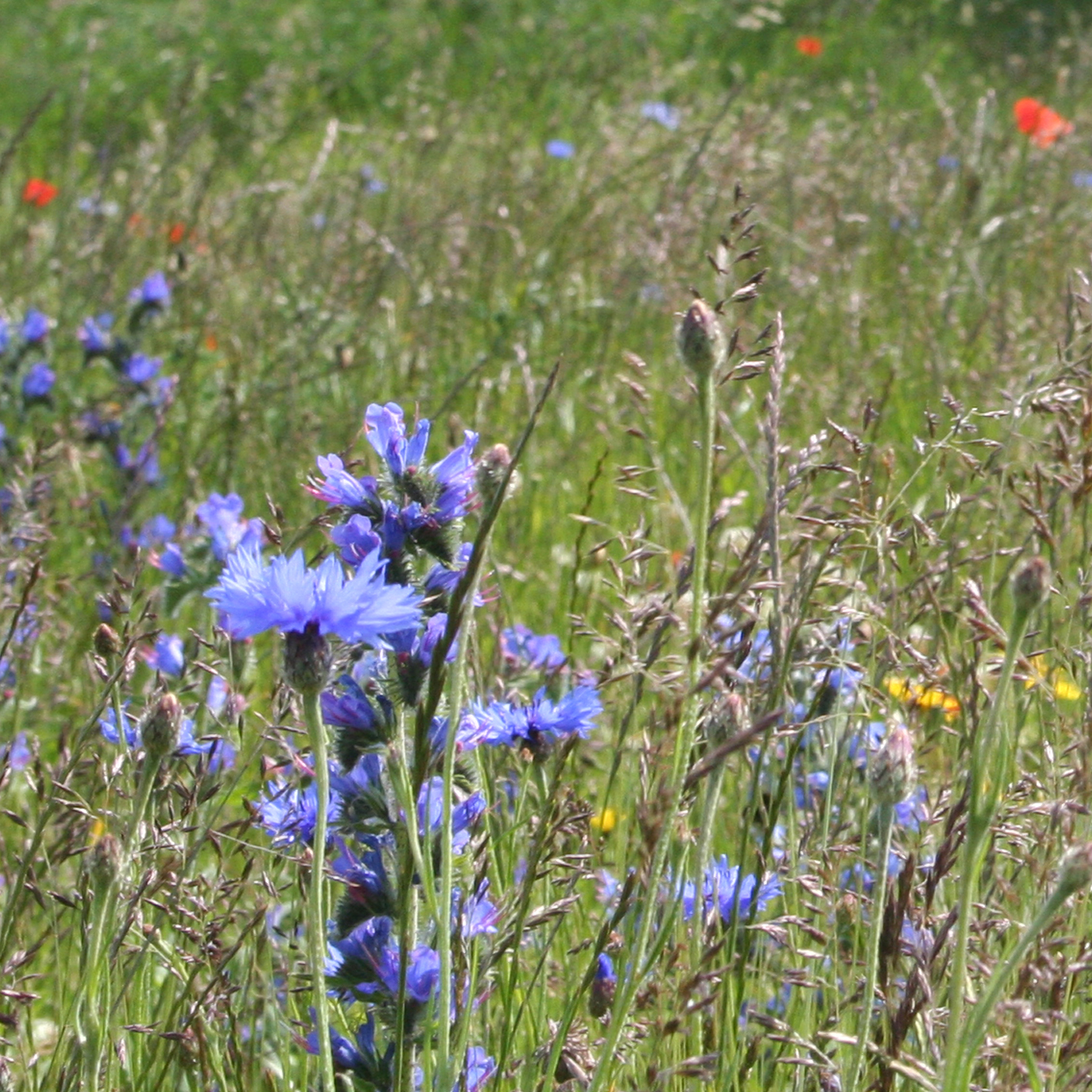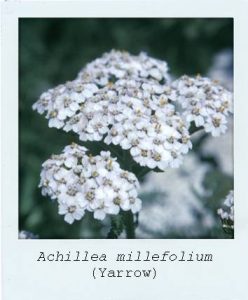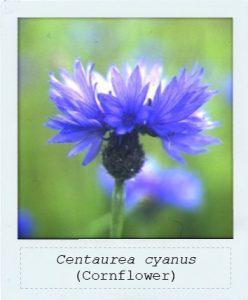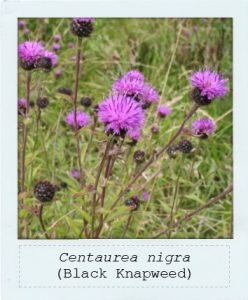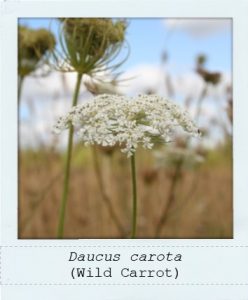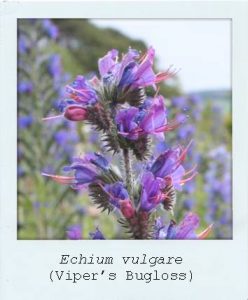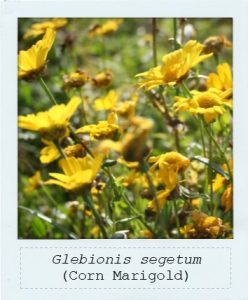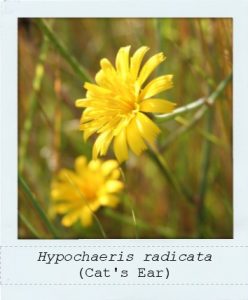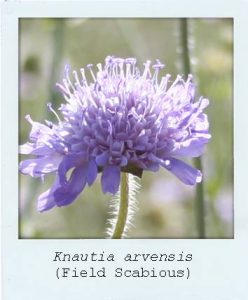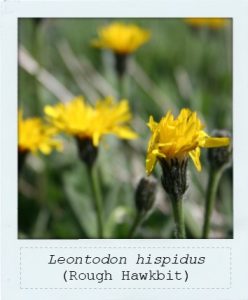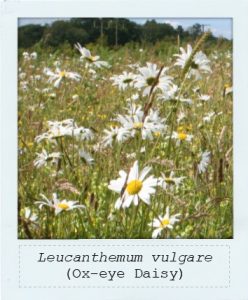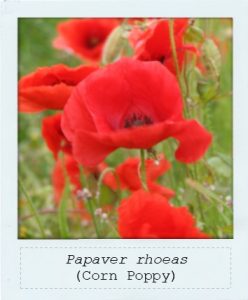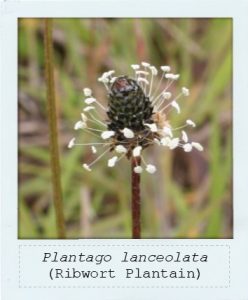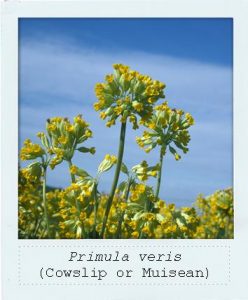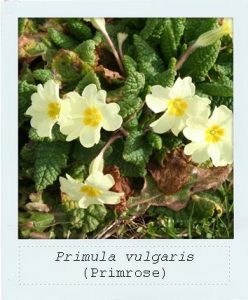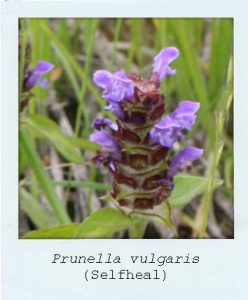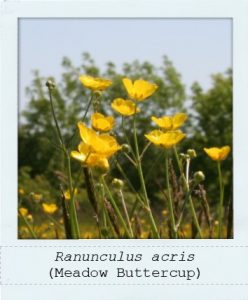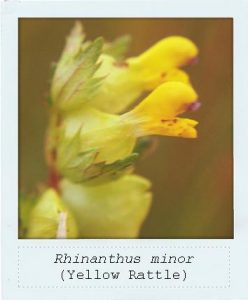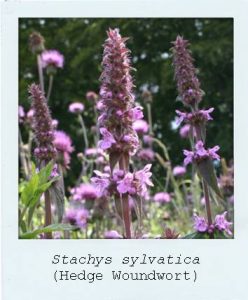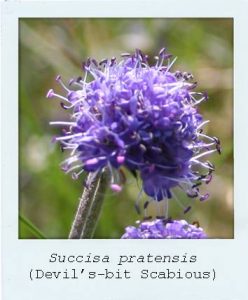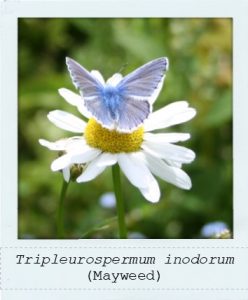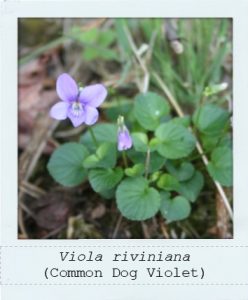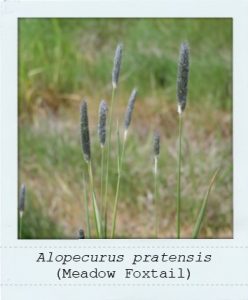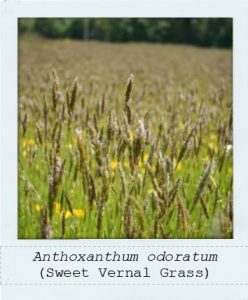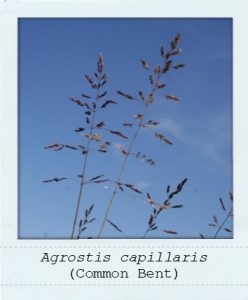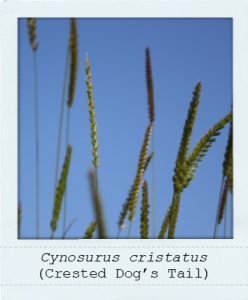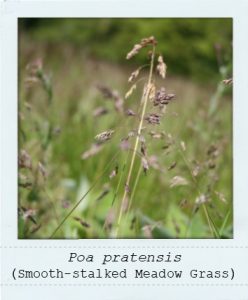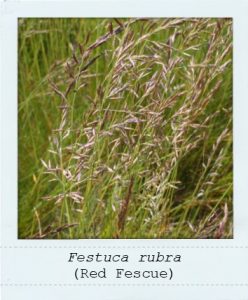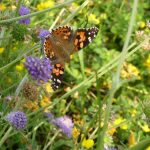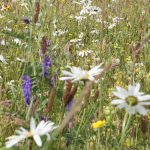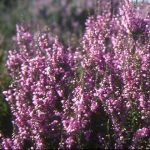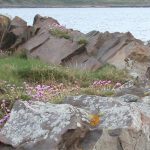Description
Urban Pollinator Meadow Mix (SCM11)
This meadow mix was trialled successfully in Edinburgh over several years and allows you to create a permanent community of attractive pollen and nectar producing plants to provide the best food for pollinators throughout the season. There are 21 wildflower & 6 grass species in this mix and the mix includes annuals, biennials and perennials. Mix contents PDF
| SOWING RATES |
| 3g / m2 |
| (12kg / acre) |
| (30kg / hectare) |
| Species |
Common name |
% |
|
20
|
% wildflowers |
|
Achillea millefolium (FIND OUT MORE)
|
Yarrow |
1.5 |
Centaurea cyanus (FIND OUT MORE)
|
Cornflower |
1 |
| Centaurea nigra |
Common Knapweed |
2.15 |
Daucus carota (FIND OUT MORE)
|
Wild Carrot |
1 |
Echium vulgare (FIND OUT MORE)
|
Vipers Bugloss |
1 |
Glebionis segetum (FIND OUT MORE)
|
Corn Marigold |
1.5 |
| Hypochaeris radicata |
Cats-ear |
0.1 |
Knautia arvensis (FIND OUT MORE)
|
Field Scabious |
0.5 |
| Lathyrus pratensis |
Meadow Vetchling |
0.3 |
| Leontodon hispidus |
Rough Hawkbit |
0.2 |
Leucanthemum vulgare (FIND OUT MORE)
|
Ox-eye Daisy |
2 |
Papaver rhoeas (FIND OUT MORE)
|
Corn Poppy |
1 |
| Plantago lanceolata |
Ribwort Plantain |
1 |
Primula veris (FIND OUT MORE)
|
Cowslip |
0.2 |
Prunella vulgaris (FIND OUT MORE)
|
Selfheal |
2 |
| Ranunculus acris |
Meadow Buttercup |
2.5 |
Rhinanthus minor (FIND OUT MORE)
|
Yellow Rattle |
1 |
| Stachys sylvatica |
Hedge Woundwort |
0.2 |
Succisa pratensis (FIND OUT MORE)
|
Devils-bit Scabious |
0.2 |
| Taraxacum officinale |
Dandelion |
0.1 |
| Tripleurospermum inodorum |
Mayweed |
0.5 |
Viola riviniana (FIND OUT MORE)
|
Common Violet |
0.05 |
|
80
|
% grasses |
|
| Alopecurus pratensis |
Meadow Foxtail (c) |
2 |
| Agrostis capillaris |
Common Bent (c) |
9 |
| Cynosurus cristatus |
Crested Dog’s Tail (c) |
17 |
| Poa pratensis |
Smooth Stalked Meadow Grass (c) |
17 |
| Festuca rubra commutata |
Chewings Fescue (c) |
35 |
All of the wildflowers in our mixes are wild origin but some of the native grasses in our mixes are cultivated origin – these will be marked with ‘(c)’
Sowing and Managing
Pre Sowing Remove existing vegetation (by spraying or by ploughing or digging it in – cutting it short first may help). Even existing grass should be removed, although if this is not possible over-sowing the grass to introduce wildflowers can be undertaken although this is less effective. Prepare a fine seed bed. In projects where soil is being added, a mixture of topsoil and subsoil (about 50:50) to a depth of about 10-30cm over existing subsoil is ideal, as long as topsoil is not weedy (especially with Docks and other perennial weeds). Subsoil alone can be used but if soil structure is poor and fertility low, establishment is slow and may be dominated by plants such as clovers which require nitrogen in the soil for their growth. If perennial weeds are, or have been present, a ‘stale seed bed’ technique can be used before sowing to prevent perennial weeds such as docks dominating the meadow. This technique involves preparing the soil and allowing weed seeds to germinate then killing them, repeating the process once or twice more. Sowing The mixture should be sown in Spring (March to June) or Autumn (Mid-August to late September, on or very close to the soil surface. Mix the seed at the start and keep mixing whilst sowing as the seeds of different species vary in size and can separate out. As the sowing rate is low you can use an equal amount of dry sand to bulk up the seed so that it is easier to spread and can be seen on the soil surface. If sowing by hand divide the site up into at least four equal areas. Divide seed into the same number of equal volume lots. Seed can be spread by hand from a box or bag using a wide swinging action (to cover up to 2m width). If you can, use half of the seed for each area sowing in one direction and then use the other half sowing at rights angles. If sowing mechanically broadcast by seed or fertilizer spreader. Cut the rate down to a very low level to start with and sow twice as above. A seed drill can be used but it must be set to allow the seed to be sown on or very close to the surface. After sowing roll or trample the ground after sowing; any method that will press the seed into the soil surface so that it makes better contact with the soil and absorbs water from the soil more effectively. A light raking or harrowing before rolling can help to settle the seed into the soil. The seed should not be buried. Managing the meadow Meadow mixes species grow and mature at different rates. In the first summer season after sowing there should be fairly open growth. Occasionally a very few of the quickly maturing perennial plants will flower in the first season but most will begin to flower in subsequent years. Native plant species compete well on land that has low fertility, so fertilizer should not be added. Finding ways of reducing fertility, including removing any cuttings will preserve and improve the diversity of the meadow (leaving cuttings will add fertility and smothering plants). However if fertility is extremely low, growth, including grasses, might be slow. Meadows also require cutting to prevent them from turning into rank grass then scrub or woodland. An early (after about eight weeks) cut in the first year can sometimes be useful if unwanted annual weeds from an existing seed bed appear and grow rapidly. Cutting down unwanted annual weeds opens the sward to light and removes competition. Some judgement is required to decide whether and when a cut is helpful but when annual weeds grow to around 30 cm (1 foot) tall they can usually be cut to about 10 cm (4”). Meadow grass seedlings can often be seen at this stage and the cut should remove most weed growth without cutting the meadow grasses and wildflower seedlings. Cuttings should be removed. Cutting should not be necessary if there is little growth, Once established, meadows should be cut and the cuttings removed once a year at the end of the growing season (normally September). Often this is the only management required. Cutting for hay earlier in the season is possible as long as the Yellow Rattle has finished flowering and shed its seed. Grazing with animals may be used for managing at the end and/or beginning of the growing season but it is vital to leave the meadow ungrazed during the middle of the season. Heavier grazing over a very short period of time is preferable to light grazing for a long period as there will be less selection by the animals. Any perennial weeds such as Docks, Nettles and Ragwort should be pulled out or spot sprayed although if the site is free of the seed of these weeds, then they are not usually a problem once the meadow is established.
Background
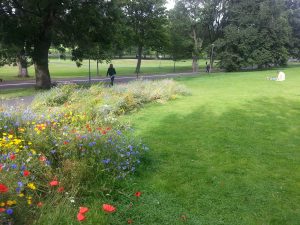 In spring 2015 local resident FOMBL and Edinburgh Living Landscape Board (ELL) member Tim Duffy planned, prepared and seeded a new true Wildflower meadow between Warrender Park Terrace and Leamington walk in collaboration with Mike Shields of the CEC. Mike kindly allocated a site adjacent to a popular cross-walk which was also in an area where local residents were used to grassland plantings being left fairly ‘high’ over long periods and what was new about this wildflower patch is that it was a true meadow meaning it consisted largely of 80% grasses as well as the colourful ( and otherwise attractive to Urban Pollinators) native wildflower species. The seed mix had been especially designed by Scotia Seeds based on the research results of the team of Professor Graham Stone of the University of Edinburgh as a contribution to the ELL, which aimed to identify native wildflower species that could provide nectar food sources over a longer period over the summer and without ‘food scarcity gap periods’ which sometimes occurs in widely used wildflower seed mixes. The ‘Urban Pollinator’ seed mix results in a long and continuous flowering period from early spring to late summer and the grasses provide breeding grounds for species like butterflies that must lay their eggs on grass stalks. The Pollinators that will benefit include Bees, hoverflies and many others too small to notice. This spring the site was doubled in size to about 200 sqm by the FOMBL volunteers (with the council kindly doing the ground rotivation with a machine beforehand) . And it will be cut just once a year in time for the October 28th FOMBL volunteers to rake and remove the arisings. It is very important to remove as much as possible of the accumulated plant matter at the end of the year as lower fertility ground is what allows wildflowers to prosper and spread. In the adjacent to the east ‘naturalized grasslands’ that have been much less cut by the council the plant biodiversity – and thus benefit to wildlife – is increasing slowly but the council does not have the manpower to remove the grass cuttings. This year an extended group of hard working FOMBL volunteers raked this very large area after the council ‘half-cut’ it to try and help deal with the Common Dock explosion that had occurred on this site from the existing large seedbank of this species. These docks were there all along and although good for wildlife (bird seed source) they were considered to be over powering this year. By continuing to rake the sites and remove the arisings we hope that the species seeded in the true wildflower meadow may spread to the naturalized grassland (they did not include Dock seed!) to make it even more useful to wildlife and beautiful to us wildflower lovers. See https://scottishwildlifetrust.org.uk/2016/08/50-for-the-future-re-naturalise-urban-green-spaces/ for more background on such ELL initiatives.
In spring 2015 local resident FOMBL and Edinburgh Living Landscape Board (ELL) member Tim Duffy planned, prepared and seeded a new true Wildflower meadow between Warrender Park Terrace and Leamington walk in collaboration with Mike Shields of the CEC. Mike kindly allocated a site adjacent to a popular cross-walk which was also in an area where local residents were used to grassland plantings being left fairly ‘high’ over long periods and what was new about this wildflower patch is that it was a true meadow meaning it consisted largely of 80% grasses as well as the colourful ( and otherwise attractive to Urban Pollinators) native wildflower species. The seed mix had been especially designed by Scotia Seeds based on the research results of the team of Professor Graham Stone of the University of Edinburgh as a contribution to the ELL, which aimed to identify native wildflower species that could provide nectar food sources over a longer period over the summer and without ‘food scarcity gap periods’ which sometimes occurs in widely used wildflower seed mixes. The ‘Urban Pollinator’ seed mix results in a long and continuous flowering period from early spring to late summer and the grasses provide breeding grounds for species like butterflies that must lay their eggs on grass stalks. The Pollinators that will benefit include Bees, hoverflies and many others too small to notice. This spring the site was doubled in size to about 200 sqm by the FOMBL volunteers (with the council kindly doing the ground rotivation with a machine beforehand) . And it will be cut just once a year in time for the October 28th FOMBL volunteers to rake and remove the arisings. It is very important to remove as much as possible of the accumulated plant matter at the end of the year as lower fertility ground is what allows wildflowers to prosper and spread. In the adjacent to the east ‘naturalized grasslands’ that have been much less cut by the council the plant biodiversity – and thus benefit to wildlife – is increasing slowly but the council does not have the manpower to remove the grass cuttings. This year an extended group of hard working FOMBL volunteers raked this very large area after the council ‘half-cut’ it to try and help deal with the Common Dock explosion that had occurred on this site from the existing large seedbank of this species. These docks were there all along and although good for wildlife (bird seed source) they were considered to be over powering this year. By continuing to rake the sites and remove the arisings we hope that the species seeded in the true wildflower meadow may spread to the naturalized grassland (they did not include Dock seed!) to make it even more useful to wildlife and beautiful to us wildflower lovers. See https://scottishwildlifetrust.org.uk/2016/08/50-for-the-future-re-naturalise-urban-green-spaces/ for more background on such ELL initiatives.

